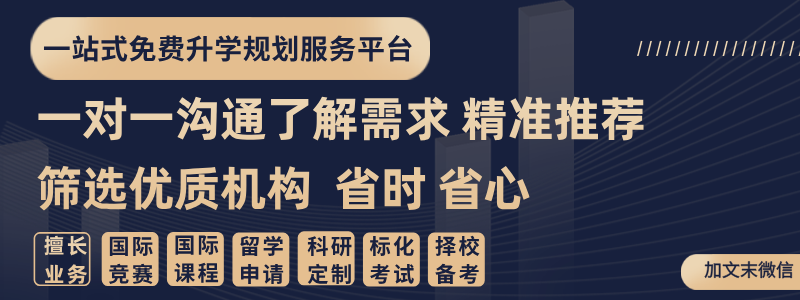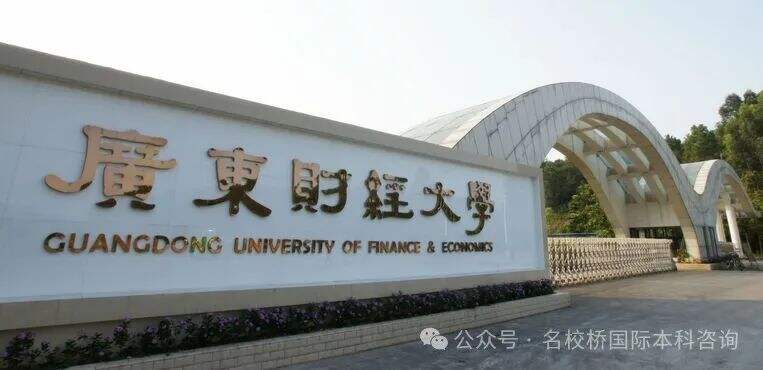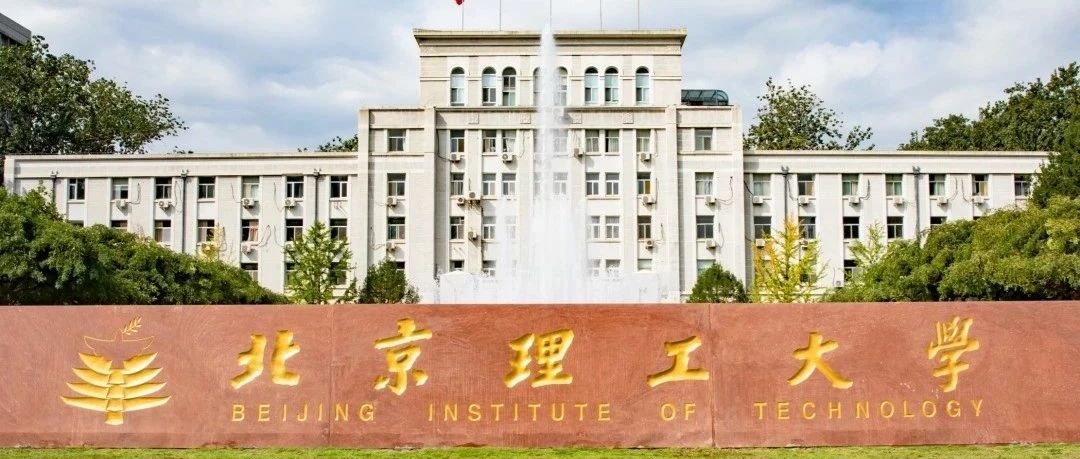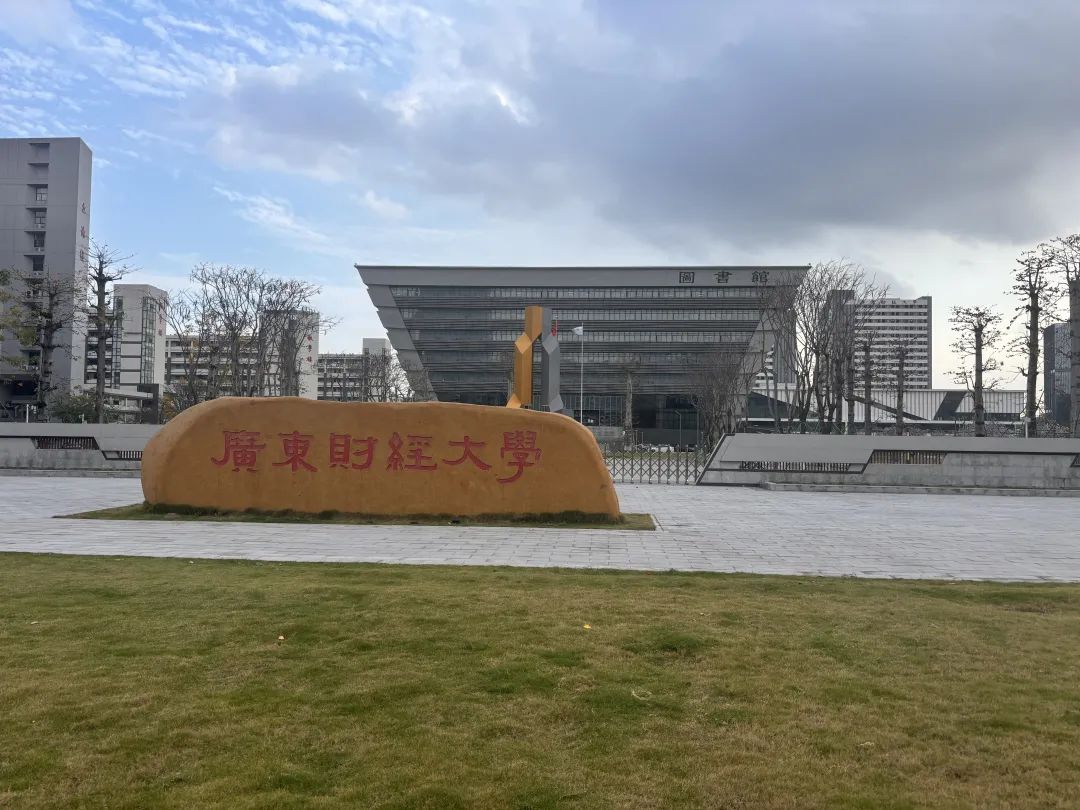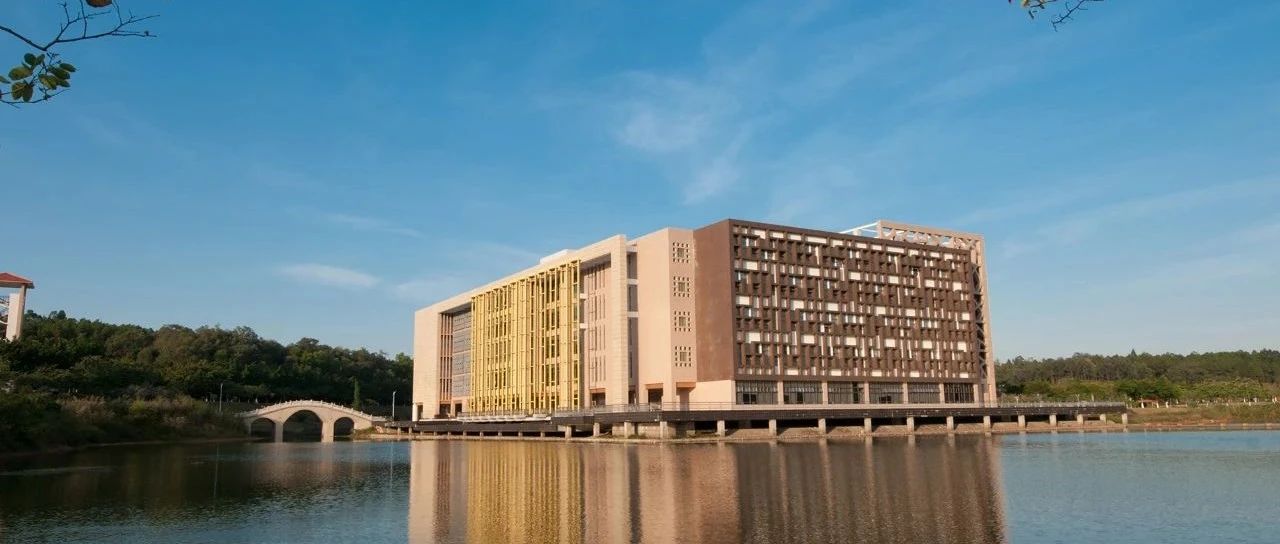两个雅思大作文的话题
一个是关于 older people 的,对应的写作题目
Some say old people should continue to work, if their condition allows them to do so. To what extent do you agree or disagree?
另外一个是关于历史文物的,对应的题目
Historical objects should be brought back to their country of origin. To what extent do you agree or disagree?
#older people 外刊语料
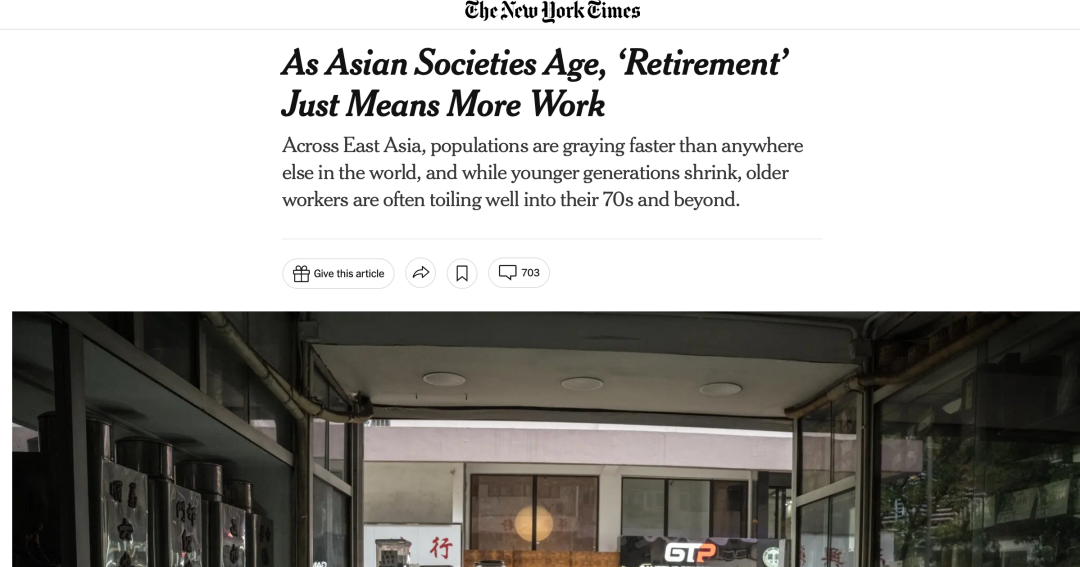
相关内容
With populations across East Asia declining and fewer young people entering the work force, increasingly workers like Mr. Oonami are toiling well into their 70s and beyond. Companies desperately need them, and the older employees desperately need the work. Early retirement ages have bloated the pension rolls, making it difficult for governments in Asia to pay retirees enough money each month to live on.
Working at his age “is not fun,” said Mr. Oonami, rummaging through a box of carrots. “But I do it to survive.”
In East Asia, where populations are graying faster than anywhere else in the world, there is an urgent need for more flexibility. 变老可以用gray 这个词
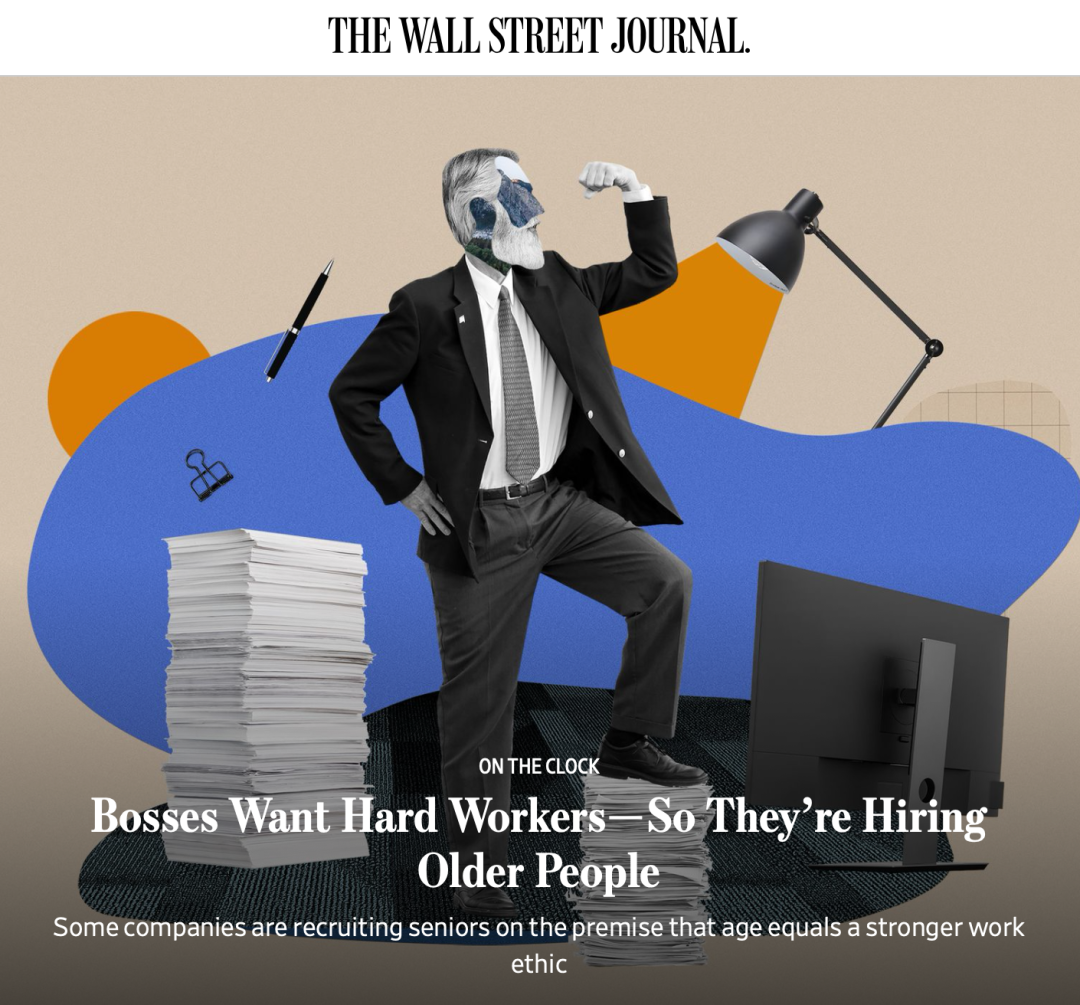
相关语料
Mr. Conforti has grown weary of younger employees who, he says, arrive late for shifts, call out of work often and spend more time scrolling social media feeds than chatting with customers. About a year ago, he tried something different—recruiting people who are more likely to carry AARP cards than the latest iPhone.
“The learning curve is a bit longer,” he says, “but once they get it, God, it’s refreshing. I say, ‘This is what we’re doing today,’ and it gets done. Their shift starts at 9 and they’re here at 8:50. It’s their work ethic.” 学的比较慢,可以用 learning curve is longer...
People 55 and older are the fastest-growing segment of the workforce, according to federal data. Demographic shifts help explain the trend—people are living longer and having fewer children—and some retirement-age folks have little choice but to work because of inflation and a weak stock market.
# historical objects 外刊语料
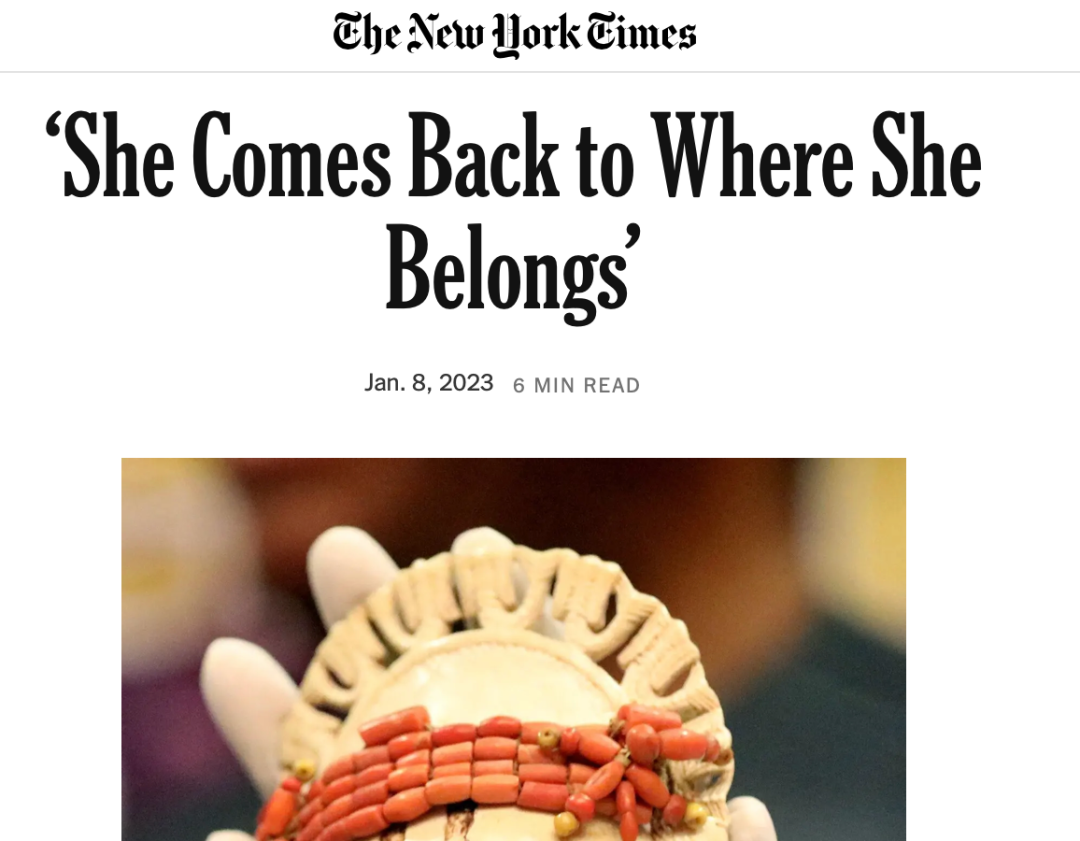
I think back on those exhibitions whenever discussions or debates arise over this or that treasure seized over the centuries as war booty, plunder or outright theft. Last month, those “twice saved” treasures came to mind with the news that a German government delegation had traveled to Nigeria to return 20 precious artifacts, a tiny portion of the vast trove of what are known as Benin Bronzes, plundered by British colonial soldiers from what was the West African kingdom of Benin. (The kingdom is now part of Nigeria; modern Benin is a separate, neighboring state.)
For decades, nobody questioned whether this should be so. Looting has been the right of the victorious and powerful from time immemorial. Victory parades in ancient Rome, the ritual “triumph” accorded great commanders, proudly displayed captives and spoils. Closer to our times, Napoleon’s armies liberally helped themselves to the art of conquered lands, European included, justifying the looting as a “liberation” of art by the “homeland of liberty and sacred equality,” as one officer put it to the National Assembly. Among their trophies, many of which they were compelled to return when Napoleon was defeated, were the four bronze horses known as the Triumphal Quadriga, now back in the San Marco Basilica in Venice. They had been seized by the Venetians six centuries earlier when the Venetians sacked Constantinople.
Examples abound in every era, on every continent. Colonial powers never felt they needed a reason to harvest sacred, traditional or magic artifacts from the people they subjugated, which they felt served, among other things, as evidence of their superiority over the people they were “civilizing.”
For Europe and America, the Benin Bronzes became part of broader historical examinations. For Europe, it was the dark side of its colonial history; for America, it was the legacy of racism and slavery. For nations whose art was looted, the issue became one of national identity and culture.
Another common argument is that African museums do not have the facilities to properly care for their treasures. In 2026, however, Nigeria plans to open a new museum of West African art in Benin City, designed by the British-Ghanaian architect David Adjaye, built expressly for Benin Bronzes.


